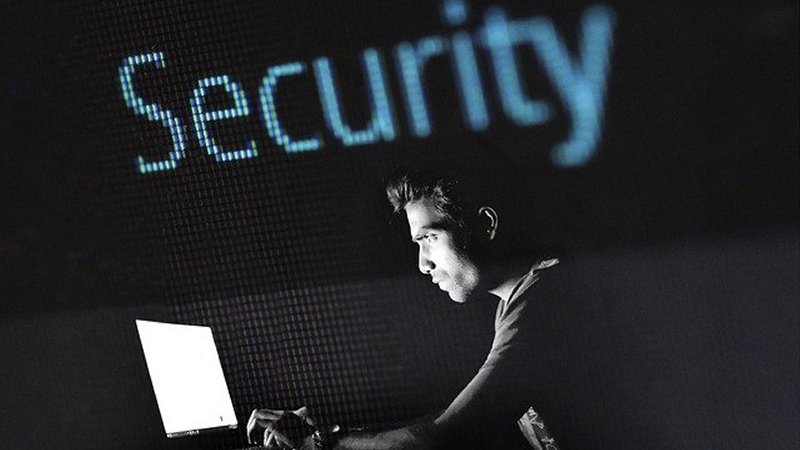8 top tips to secure your remote working environment
Remote working brings a range of IT security issues that need addressing. Read our top tips to ensure you secure your remote working.
Remote working has become the new normal as employers have realised that it is a perfectly viable way to work productively. However, remote working brings a range of security issues which need to be addressed.
According to a recent HP survey, 77% of IT decision makers believe more remote work means more security vulnerability. In addition, a Barracuda survey found that 46% of global businesses have experienced at least one cybersecurity scare since shifting to remote working during the COVID-19 lockdown.
We highlight some of the security pitfalls of remote working and how you can better protect your business.
Why does remote working pose a greater security risk?
Remote working introduces a new set of security issues. When your workforce is spread across various locations, you can no longer create a secure barrier around a central network. Added risks include vulnerable networks, poor employee security habits and the use of under-secured or personal devices for work.
An employee that logs in to your systems remotely, exposes them to the vulnerabilities of their home networks. Home networks typically don’t offer the same levels of protection as on-premise networks. These have firewalls, blacklisted sites and anti-spyware. Moreover, without the tools and systems to monitor home networks and personal devices, IT teams may be unaware of potential security breaches.
Positively, there are steps you can take to create a more secure remote working environment. We offer some of our practical recommendations below.
Top tips to secure your remote working
Use business devices where possible
Where possible, encourage your staff to use company devices when working from home. This makes it easier to manage the devices and ensure they are secure. If a personal device becomes infected, your IT team is unlikely to know. This can subsequently pass the virus onto your entire network.
If staff must use their own devices, request they install anti-virus software on them. Ensure you have clear best practice guidelines and ideally keep work and personal data separate through some form of sandboxing.
Use antivirus software
Ensure you install up-to-date antivirus software on every company-issued and personal device. This will help prevent malware from compromising your network.
Update your systems and programs
Programs and operating systems are updated regularly to prevent criminals from exploiting their weaknesses. Make sure your operating system is running the latest version and enable automatic updates to ensure your systems are safe.
If you can upgrade to Windows 11, we recommend it. Windows 11 is the most significant update since Windows 10 and is intended to be the most reliable, secure, connected, and performant Windows operating system ever. Importantly, if you are still using Windows 7, you should look to upgrade as soon as possible. Microsoft ended support for Windows 7 in January 2020, which means it is no longer receiving security updates and is vulnerable to security breaches.
Secure your home network
Make sure all home WiFi networks are secured with a password. Additionally, default router passwords are often weak links so ensure you have changed them.
Establish a Virtual Private Network (VPN)
A VPN encrypts all your internet traffic, making it unreadable to anyone who intercepts it. By activating a VPN, employees can access company data that is protected by encryption and security protocols. In turn, it blocks any attacker trying to access the information.
Make sure employees exclusively use the VPN when working and accessing company systems remotely. You should also use it when connecting to unsecured public WiFi networks. These are prime spots for malicious parties to spy on internet traffic and collect confidential information.
Implement Two-factor Authentication
Having strong passwords often isn’t enough, particularly if an employee's credentials are leaked in a data breach. Two-factor authentication adds another layer of protection. It requires an extra step whereby employees approve the log-in via a mobile device. Two-factor authentication can help protect against phishing and poor password management.
Review your backup procedures
Establish a robust backup system that duplicates files from a primary on-premise or off-site location, to another off-site secure data centre. This will protect all sensitive information in case of cyberattacks, data loss, or any other kind of damage.
Encourage your remote workers to backup data frequently so that a lost device doesn't mean lost data. Cloud storage services such as OneDrive help ensure data is up to date and accessible from anywhere, while also being secure.
Educate employees on best practice
From dodgy links to suspicious emails, the internet can be full of security pitfalls for your employees. This is particularly true if they leave devices unattended or carelessly click on unfamiliar links. You need to make your employees aware of key security issues and advise on how best to avoid them.
Firstly, start by creating a best practice guide to work alongside your updated security system. Secondly, train employees on how to spot and handle phishing attacks and other forms of social engineering. Employees should be warned to be suspicious of emails from people they don't know, particularly if asked to click on a link or open a file. Even emails sent from people they know, but asking for unusual things, should be suspect. Advise employees to double check by phone call when in doubt.
Final Thoughts
In summary, cyber security is an ongoing challenge for all businesses. As remote working becomes more and more common, it is essential for all companies to create a secure remote working environment.
This includes putting in place all the necessary infrastructure as well as security guidelines and policies to minimize their exposure to cybersecurity risks. The list above should give you a good framework to start with.
If you have any questions or would like more information on how to secure your remote working, please get in touch.





